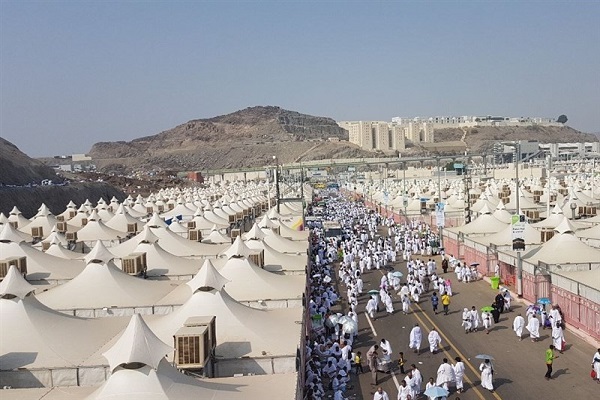Days of Tashriq and Hajj Pilgrimage


There are different views about calling these days Tashriq. Some believe that it is because after animal sacrifice, the meat would be put in the sun to dry, and they needed enough sunlight and heat to do that. Some others say these days are called Tashriq because they started animal sacrifice when the sun rose.
What is clear is that the name Tashriq originates in the era of Jahilliyah (before the advent of Islam). In the early years after the advent of Islam, each of these three days had a special name of their own.
Animal sacrifice is a Wajib (obligatory) act in the rituals of Hajj in Mina. The Hajj pilgrims perform it after entering Mina in the Days of Tashriq.
Among other Wajib rituals during the Days of Tashriq are Rami al-Jamarat (the stoning of the devil) and staying in Mina until midnight.
Read More:
According to Hadiths and Fiqhi (jurisprudential) texts, one of the special acts of these days is the Dhikr of Takbeer (Allahu Akbar) after Salah.
Historical accounts cite several major events that occurred during these days. They include the recitation of Surah Bira’at (At-Tawbah) to Hajj pilgrims by Imam Ali (AS) at the order of the Holy Prophet (PBUH) in the year 9 after Hijrah and the signing of the Second Agreement at al-Aqabah on the second Day of Tashriq in the year 13th after Bi’thah. This agreement with a group of Ansar paved the way for the Holy Prophet’s (PBUH) Hijrah (immigration) to Medina.


